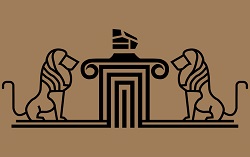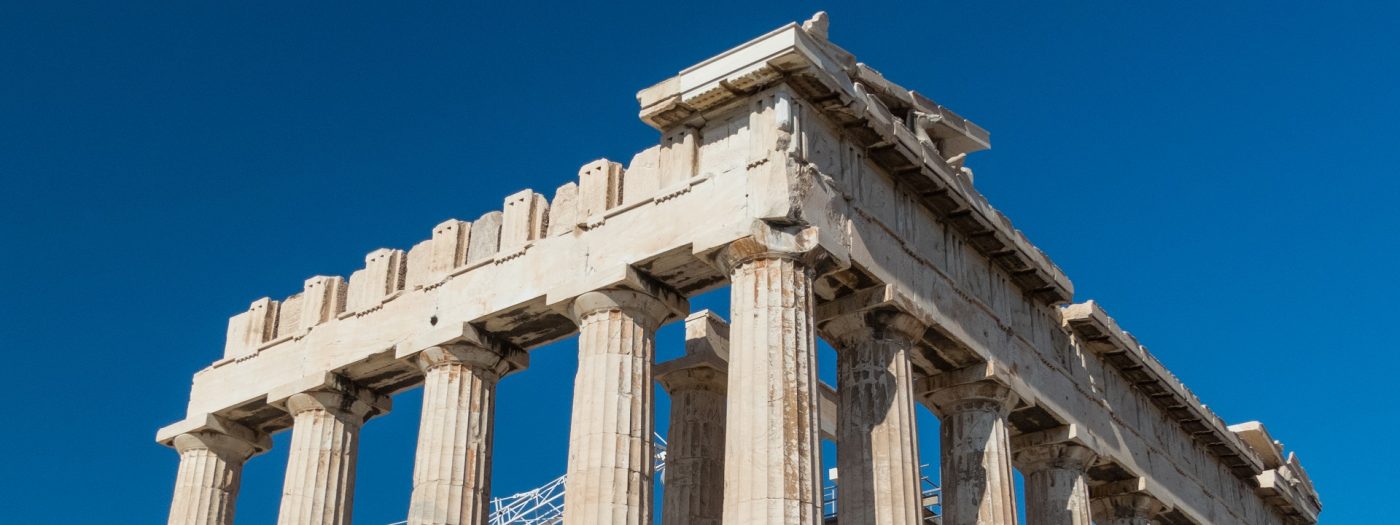Location: Athens, Greece
Date built: 447 – 438 BC (decorations continued till 432 BC)
Height: 18 m
Base Area: 69.5 x 30.9 metres
Dedicated to: Goddess Athena
Material: Marble and limestone
Located on the Acropolis of Athens, Parthenon was built in the age of Pericles between 447 and 432 BCE and was dedicated to the Goddess Athena. It was constructed to show the world the power of Athens as leaders of the coalition of Greek forces after defeating the Persian armies of Darius and Xerxes. It was also used to house the statue of Pheidias. After its construction, the temple was used for more than a thousand years. Even after the effects of time, explosions, pollution damages and looting, it still stands tall today in the city of Athens, a magnificent testimony to the glory and success the city has endured throughout its time.
The Parthenon became the largest Doric Greek temple. It integrated the two architectural styles of Doric and newer Ionic. The temple spread to a 30.88 by 69.5-meter ground coverage and was constructed using the 4:9 ratio in many ways. The space between the columns with respect to their diameter, the height of the whole building as compared to its width, and the width of the inner cella in relation to its length are all designed according to this ratio. The brilliant architects of the time realized that anything perfectly straight of this magnitude would seem curved from afar. To cater to this problem and give the illusion of perfectly straight and symmetrical lines, the columns bend slightly inwards. This also provides an impression of a lifting effect on the structure, making it seem lighter than what the building materials portray. Adding to this, the stylobate of the temple’s floor is slightly curved and rises from the centre. The columns also thicken ever so slightly at the centre, and the four corner columns are imperceptibly wider than the rest. All of these traits contribute to its incredible grand and symmetrical appearance and give the impression of it being perfectly straight.
The columns were made of Pentelic marble, whereas the foundations were made of limestone. These columns were Doric with 8 in number when seen from the front and back and 17 from the sides. This was unusual as the more traditional design was six by 13 Doric arrangement. In the interior, the cella was outlined by six columns at the front and back. A grand door leads to this space with decorations lined with bronze, ivory and gold. It consisted of two rooms, the smaller of which, was supported with four columns and was used as the city’s treasury. The larger room housed the statue and was surrounded by columns on three sides. The roof of the temple was made from cedar wood and marble tiles. Palms and figurines towards the corners decorated these. The edges of the roof also incorporated lion-head shaped water spouts for drainage.



